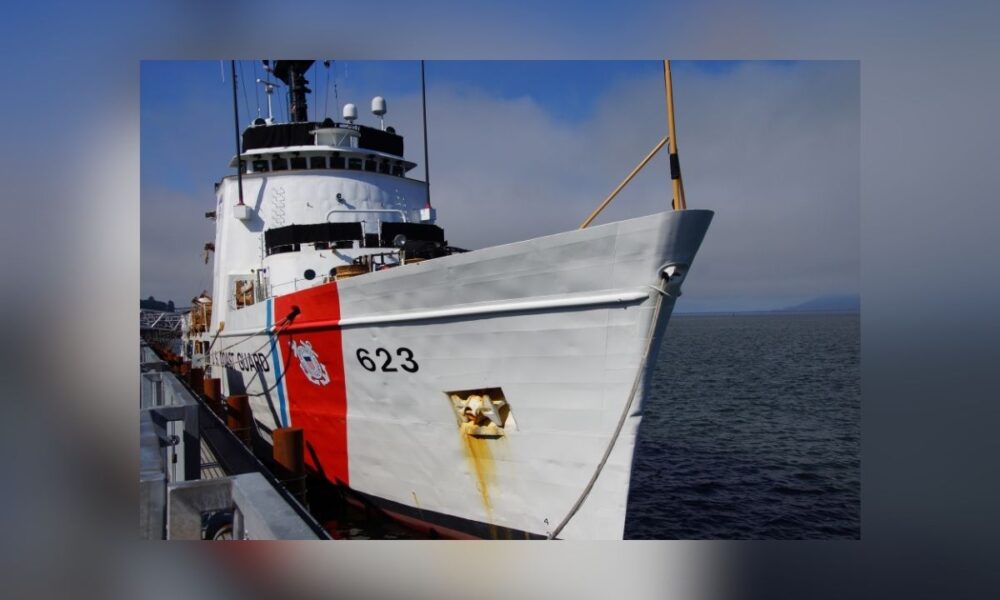President Donald Trump signed a memorandum Thursday authorizing the foreign construction of up to four Arctic Security Cutters, marking a significant shift in U.S. shipbuilding policy aimed at countering growing Russian and Chinese activity in the polar region.
The move addresses long-standing gaps in the U.S. Coast Guard’s aging Arctic fleet. Trump invoked his authority under federal law to permit foreign construction as a national security necessity, according to the White House. The memorandum also directs the Coast Guard to develop a plan to restore Arctic shipbuilding capacity in American shipyards.
Under a new bilateral agreement, Finland will build the first four cutters, leveraging its shipbuilding expertise in extreme-ice environments. The partnership is intended to transfer technology and training that would allow up to seven additional vessels to be built later in the United States.
The Coast Guard currently operates just two functional Arctic cutters—one commissioned in 1976 and another converted from a commercial vessel earlier this year. Military planners estimate the service needs at least nine Arctic Security Cutters to maintain year-round operations across the polar seas.
“We need icebreakers in the U.S., and if we can get some inexpensively, I’d like to do that,” Trump said.
The White House described the foreign construction as a temporary bridge while domestic shipyards modernize, emphasizing that the collaboration will ultimately create American jobs and expand U.S. shipbuilding capabilities.
Trump’s proposed budget includes nearly $9 billion for heavy, medium, and light Arctic cutters—vessels expected to rank among the world’s most advanced icebreakers.
This initiative builds on Trump’s earlier Arctic modernization efforts. During his first term, he signed a memorandum accelerating icebreaker procurement after years of fleet decline. The Coast Guard accepted its first new Arctic cutter in 25 years in August, with additional ships planned as the modernization program expands.


